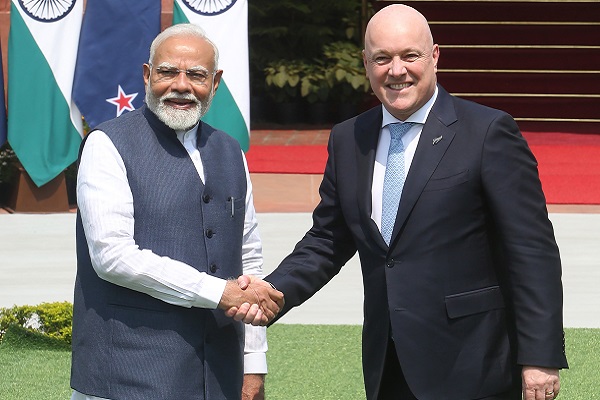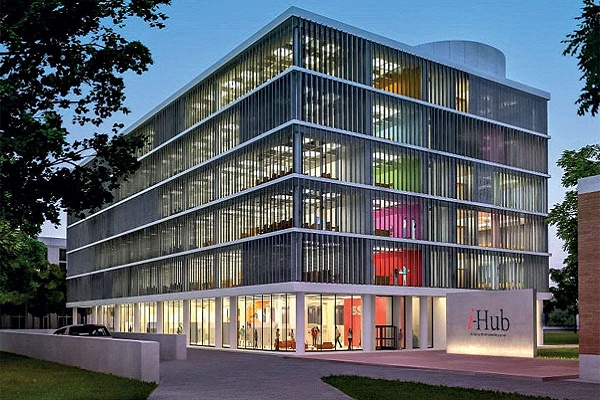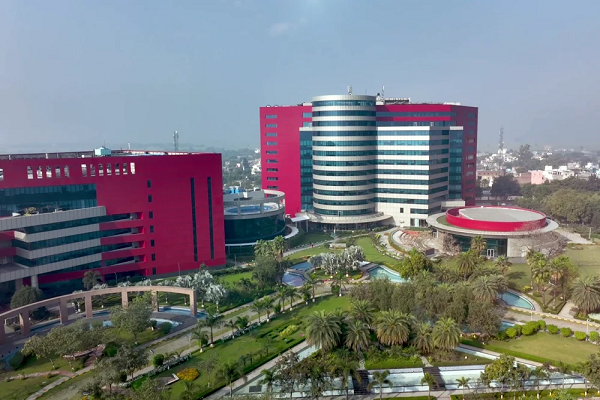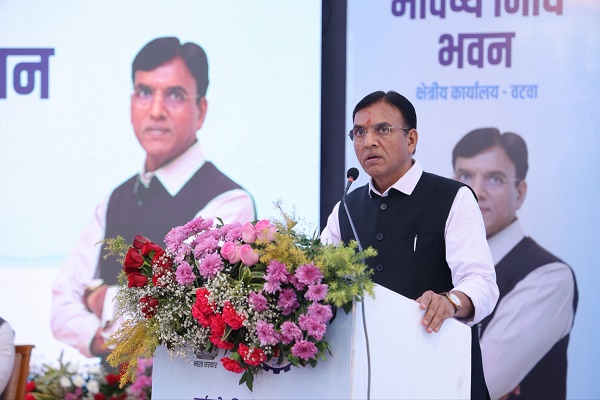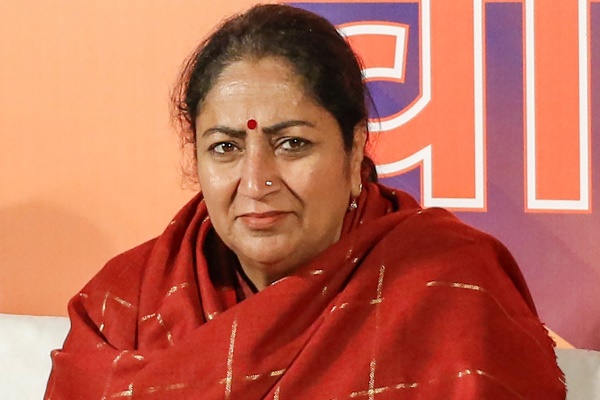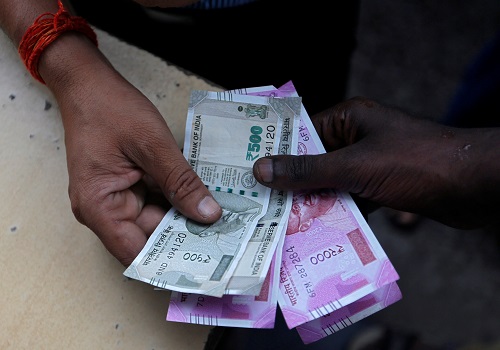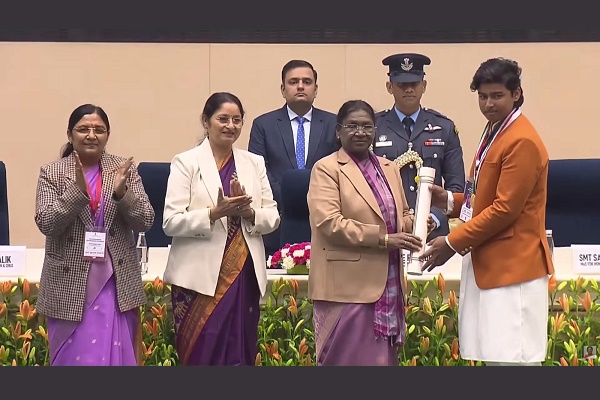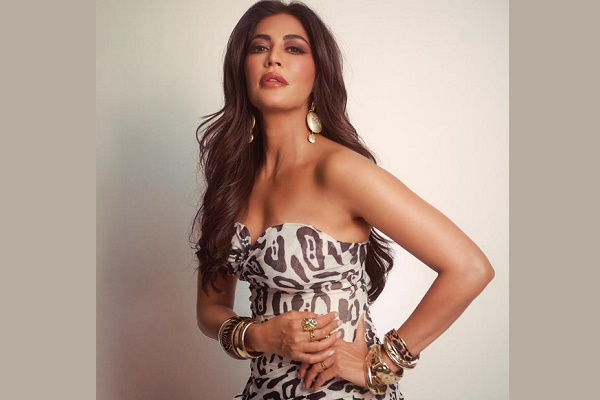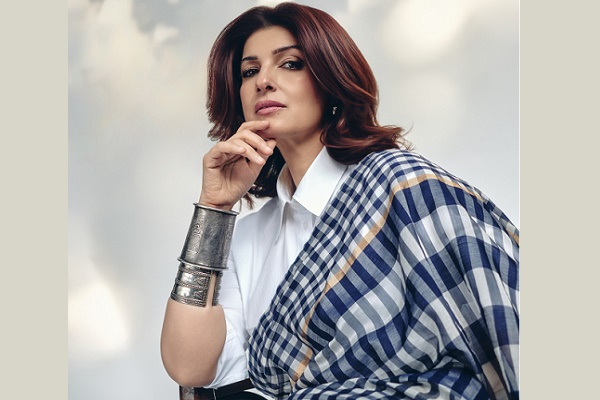The Influence of Fast Fashion vs. Slow Fashion: Redefining the Future of Style

Introduction: The world of fashion is evolving, with two dominant forces shaping the landscape: fast fashion and slow fashion. Fast fashion is known for its rapid production cycles, affordable pricing, and trendy designs, but it has faced increasing criticism for its environmental and ethical impacts. On the other hand, slow fashion emphasizes quality, sustainability, and ethical practices. This article explores the key differences between fast and slow fashion, their influence on consumers, and the growing trend towards more mindful, eco-conscious fashion choices.
Fast Fashion: The Era of Instant Gratification
Fast fashion has revolutionized the way we shop by making trendy clothing accessible at affordable prices. Brands like Zara, H&M, and Shein produce large quantities of clothing, with new collections hitting the shelves every few weeks. The appeal of fast fashion lies in its ability to offer the latest trends at a fraction of the cost of luxury or boutique brands. It creates a sense of urgency, encouraging consumers to buy more frequently and often at the expense of quality.
However, the rise of fast fashion has significant drawbacks. The demand for constant production and the use of low-cost, synthetic materials contribute to environmental degradation, including water pollution, excessive waste, and the depletion of natural resources. Additionally, the rapid turnover of trends promotes a throwaway culture, where clothes are discarded after a short period of use, fueling an ever-growing waste problem. Fast fashion also relies heavily on cheap labor in developing countries, raising concerns about workers' rights and fair wages.
Slow Fashion: A More Mindful Approach to Style
In contrast to the fast-paced world of fast fashion, slow fashion advocates for a more sustainable and thoughtful approach to dressing. Slow fashion encourages consumers to invest in high-quality, timeless pieces that can be worn for years rather than disposable items designed for short-term use. Slow fashion brands prioritize ethical practices, environmental sustainability, and fair labor conditions.
Key elements of slow fashion include:
* Quality over Quantity: Slow fashion pieces are often made with durable, natural materials like organic cotton, wool, or linen that stand the test of time. These garments are designed to withstand frequent use, unlike cheap fast fashion items that often fall apart after a few wears.
* Sustainability: Many slow fashion brands emphasize eco-friendly production methods, such as using recycled materials, reducing waste, and adopting ethical manufacturing processes.
* Timeless Design: Slow fashion promotes classic styles over fleeting trends. These pieces are designed to be versatile and long-lasting, making them a better investment in the long run.
* Ethical Labor Practices: Slow fashion brands often focus on fair wages and safe working conditions, ensuring that workers are treated ethically and with respect.
The Environmental Impact: Fast Fashion’s Footprint vs. Slow Fashion’s Sustainability
The environmental impact of fast fashion is alarming. The industry is one of the largest contributors to pollution, from water usage to carbon emissions. According to the Ellen MacArthur Foundation, the fashion industry produces more carbon emissions than international flights and maritime shipping combined. Furthermore, the use of toxic chemicals in the production of synthetic fibers such as polyester has led to pollution in oceans and waterways. Fast fashion's reliance on disposable trends has led to an increase in textile waste, with millions of tons of clothing ending up in landfills each year.
In contrast, slow fashion takes steps to minimize its environmental footprint. By focusing on quality and longevity, slow fashion reduces the need for constant production and consumption. Slow fashion brands often prioritize eco-friendly materials and processes, such as organic dyes and energy-efficient manufacturing methods. The goal is to create a circular fashion system, where garments can be recycled or repurposed at the end of their life cycle, reducing the waste produced by the industry.
Consumer Behavior: The Shift Towards Conscious Choices
In recent years, there has been a shift in consumer behavior, with many individuals becoming more aware of the impact their purchasing decisions have on the environment and society. The rise of social media has made it easier for consumers to connect with sustainable fashion influencers and advocates who promote mindful buying practices. With more information at their fingertips, shoppers are starting to prioritize ethical and sustainable brands over fast fashion giants.
The trend towards slow fashion is particularly popular among millennials and Gen Z, who are increasingly demanding transparency from brands regarding their production processes and sustainability efforts. As more people become aware of the consequences of fast fashion, they are making conscious choices to buy less and invest in quality pieces that will last longer.
The Future of Fashion: Finding a Balance
While slow fashion offers a more sustainable and ethical alternative to fast fashion, it is not without its challenges. Slow fashion pieces tend to be more expensive due to the higher quality of materials and ethical manufacturing practices. This can make it difficult for the average consumer to make the switch. However, as the demand for sustainable fashion grows, prices may become more accessible, and the slow fashion movement may continue to expand.
The future of fashion likely lies in finding a balance between the two models. Fast fashion is not going away entirely, but there is room for improvement in terms of sustainability and ethical practices. Brands that adopt a more transparent, eco-conscious approach to fast fashion may help to bridge the gap. Meanwhile, slow fashion will continue to thrive as consumers increasingly seek out sustainable alternatives.
Conclusion
The debate between fast fashion and slow fashion highlights the tension between convenience and conscious consumption. While fast fashion has made trends more accessible and affordable, it comes at a high cost to the environment and labor rights. Slow fashion, on the other hand, offers a more ethical and sustainable alternative, promoting quality over quantity and timeless style over fleeting trends. As consumers become more aware of the impact of their choices, the future of fashion will likely be shaped by a growing demand for sustainability, ethical practices, and mindful consumption.
